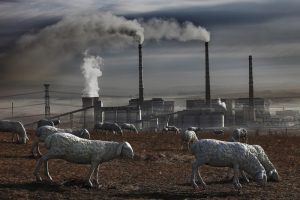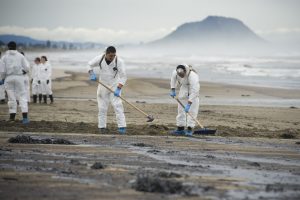Protecting our Air

It is obvious that more trees corresponds to more and better oxygen in the air. We have known this since we were kids. Trees take carbon dioxide and transform it to oxygen, an essential resource for humans.
The demand for animal products requires breeding more oxygen-taking creatures that generate waste products, such as methane and carbon dioxide. On the other hand, the demand for fruit requires planting trees that turn methane and carbon dioxide into oxygen.
Moreover, local fruit production requires less transportation than animal products. This helps reduce the amount of emissions from food trucks. Other transportation methods transfer food from one continent to another on a daily basis. Fruit production can help reduce emissions, resulting in cleaner air.
Local fruit production also helps reduce the use of plastic. It uses less materials than those required to conserve and package most non-fruit foods. At a typical grocery store, most fruits and vegetables are sold with no packaging. You might get a cardboard box if you purchase in bulk, but these easily decomposes onto the earth. Compare that to the plastic wraps used to sell meat, or the cans used to sell processed grains. In fact, if a product is not in the produce section, there is a 99% chance that it has been packaged in some way.
When it comes to packaging fruit, all we need is cardboard boxes and compostable containers. This helps avoid soil contamination and air contamination, by reducing the demand for packaging materials.
Those who think we have enough oxygen and clean air to go around should learn about the health concerns of people living in cities like Beijing, Mexico City, and Los Angeles. If we are lucky, we may still have time to give humanity a chance.
Previous Section:
Acknowledgments
Next Section:
Acknowledgments
Thank you for reading!
Please donate to help us publish this book.
PayPal: trevesbruno@gmail.com
Venmo: @Bruno-Treves
Sources:


